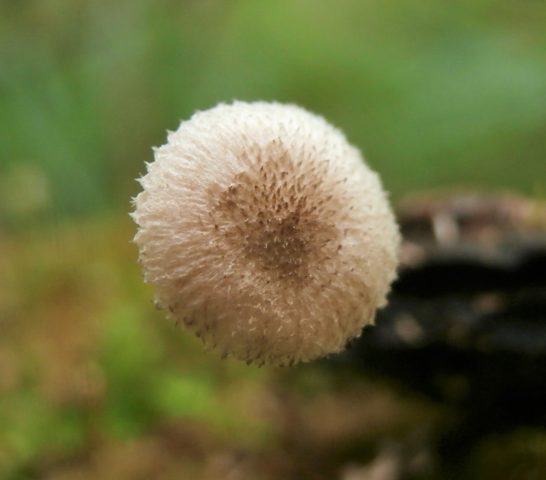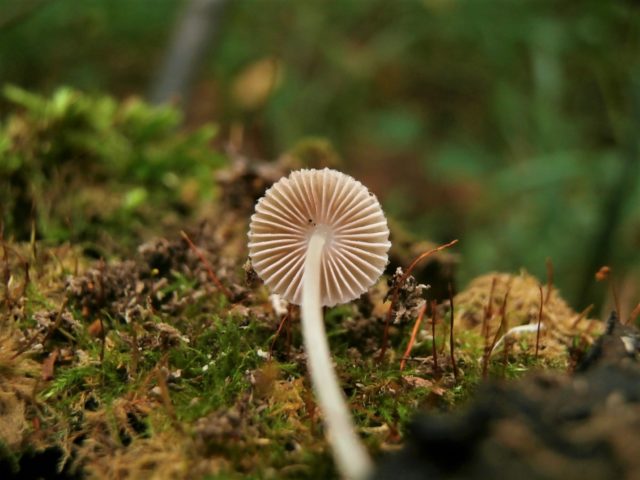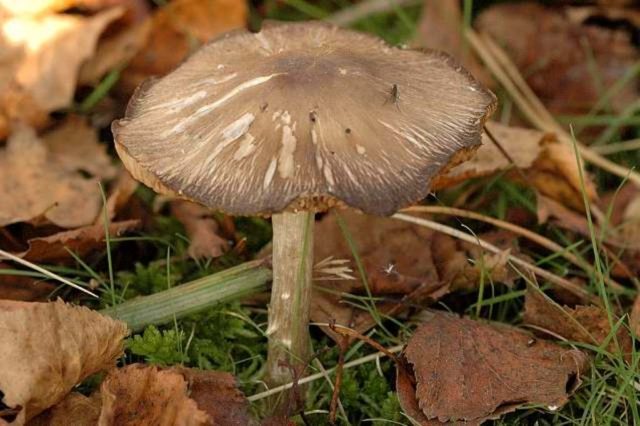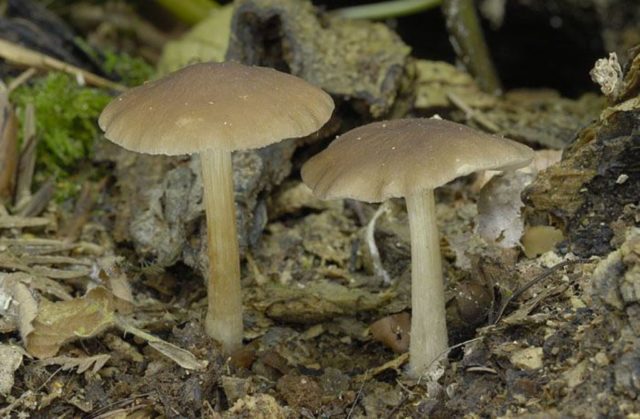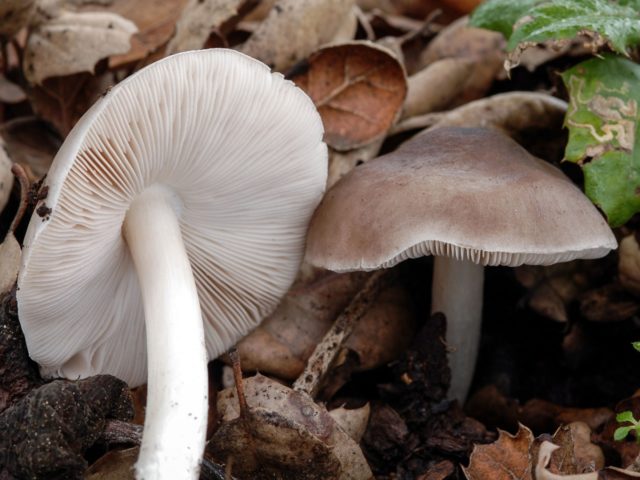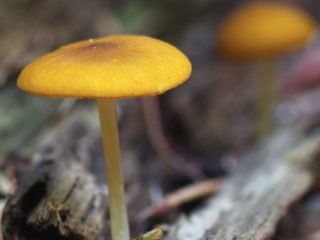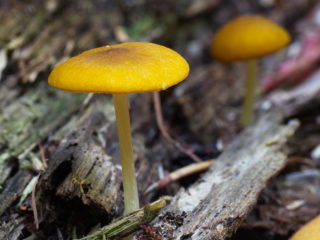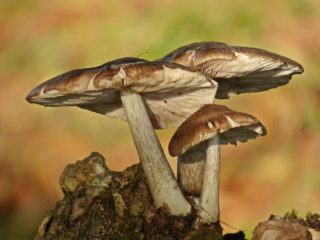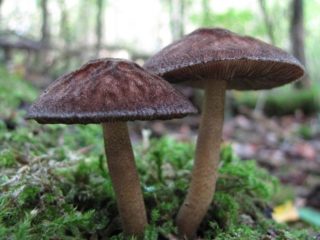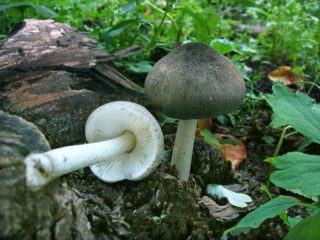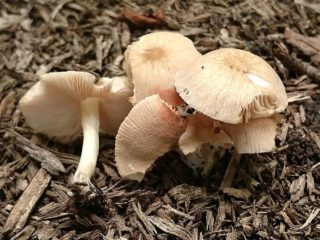Content
Rough rogue - an inedible representative of the Pluteev family. Prefers to grow on rotten woody substrate from July to September. Since the species is endangered, in European countries it is listed in the Red Book.
What does a rough look like
Rough rogue, or Rough pink plate, rarely meeting a forest dweller. In order not to confuse it and not reduce the population, you need to know the external data, view photos and videos.
Description of the hat
The cap is small, reaching 3.5 cm. The surface is covered with dark gray or whitish skin with numerous brown scales. At a young age, the cap is hemispherical; as it grows, it gradually straightens and becomes convex-flat. In older specimens, a small tubercle remains on the surface in the center, the edges become ribbed and tuck inward. The pulp is dense, fleshy, brown in color, tasteless and odorless.
The spore layer is formed by numerous thin light gray plates. With age, they gradually darken and acquire a coffee-red color. Reproduction occurs by spherical spores, which are located in a light red powder.
Leg description
The whitish, cylindrical leg reaches 4 cm in height. The surface is covered with a shiny skin, at the base you can notice a slight pubescence or slight hairiness. The ring is missing. The pulp is fibrous, bluish-gray.
Where and how it grows
This species prefers peaty and moist soil. Mushrooms can be found in moss, in tall grass, in a humid lowland. Grows in single specimens, sometimes in small groups. The species begins to bear fruit from mid-summer to early autumn.
Is the mushroom edible or not
This representative of the mushroom kingdom is considered inedible, but not toxic either. Due to the lack of taste and aroma, as well as due to unsightly external data, the species is not eaten. Therefore, in order not to harm your body and unknowingly not to collect inedible specimens, you must carefully study its external data.
Doubles and their differences
Rough, like any forest dweller, it has twins:
- Scaly - an inedible species that grows on dead wood. It is rare, bears fruit from August to October. You can recognize a mushroom by a small semicircular cap and a long, thin stem. The whitish pulp is soft in taste, without a pronounced mushroom aroma.
- Veinous - belongs to the 4th group of edibility. Grows on rotten wood from mid-June to October. Despite the offensive smell and sour taste, mushrooms are often used in fried, stewed and canned foods. In case of mechanical damage, the pulp does not change color.
- Deer is an edible representative of the mushroom kingdom. In deciduous forests appears from May until the first frost. The pulp is dense, fleshy, with a pleasant taste and aroma. It can be recognized by its light brown bell-shaped cap and the length of the fleshy leg.
Conclusion
Rough rogue - an inedible representative of the forest kingdom.Prefers to grow on rotten deciduous wood, stumps and dry wood. In order not to confuse it with edible brethren, experienced mushroom pickers recommend passing by unfamiliar specimens.

